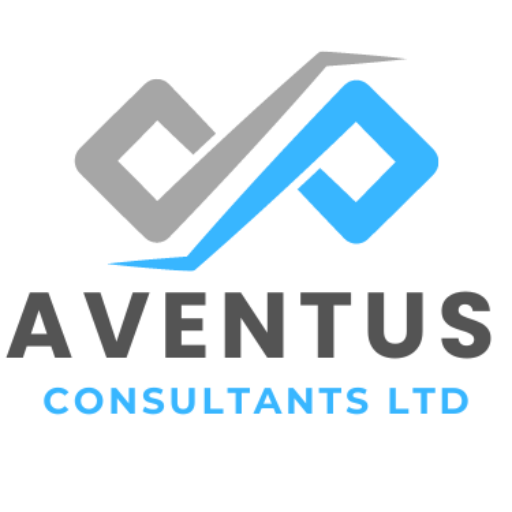Free Estimation
Request A Quote
Connect with us today; let’s make your financial goals a reality.

VAT (Value Added Tax) is an essential aspect of business operations in the UK, affecting everything from cash flow to customer pricing. Staying VAT-compliant isn’t just about ticking boxes—it’s about ensuring the long-term financial health of your business. This guide will help you navigate the basics of VAT compliance, understand when and how to register, and ensure that you’re meeting all the required deadlines.
At Aventus Consultants, we simplify VAT processes for businesses, offering guidance to help you stay on top of your obligations. This guide will give you a clearer understanding of VAT, so you’re always compliant and confident in your business’s tax management.
VAT is a tax applied to the sale of goods and services, currently set at a standard rate of 20% in the UK, with reduced and zero rates for certain goods and services. Not all businesses are required to register for VAT.
Who Should Register for VAT?
Registering for VAT means you’ll be required to charge VAT on your services and products, collect it from customers, and submit it to HM Revenue & Customs (HMRC) on a regular basis.
Depending on your business size and operations, HMRC offers various VAT schemes that simplify VAT calculations and cash flow. Here’s an overview of the main VAT schemes:
Choosing the Right Scheme: Each scheme has unique advantages, depending on your cash flow and business structure. Consulting with an accounting expert can help determine the best fit for your business needs.
Registering for VAT in the UK can be done online via HMRC’s website. After registration, you’ll receive a VAT registration certificate, which includes your VAT number, the date to submit your first VAT return, and your effective registration date. The steps include:
VAT compliance isn’t just about registering and filing returns; it’s also about maintaining accurate records. VAT record-keeping is critical, as these records support the figures you report on your VAT returns and help HMRC verify the accuracy of your tax reporting.
Required Records Include:
Keeping Digital Records: Under the Making Tax Digital (MTD) initiative, most businesses are required to keep digital records and file VAT returns through compatible software. Accounting software like Xero or QuickBooks simplifies compliance, making it easier to keep records organized and up-to-date.
VAT returns are typically due quarterly, with each quarter having a “due date” by which the return must be submitted and payment made. Filing a VAT return involves reporting your sales and purchase totals, along with the VAT you’ve collected and paid. Here’s a quick look at the process:
Important Note: Missing a VAT deadline or underreporting VAT can lead to penalties and interest charges, so accurate and timely submissions are essential.
VAT compliance involves numerous details, and even small errors can lead to costly penalties. Here are some common VAT mistakes businesses make:
Navigating VAT can be a complex and time-consuming task, particularly as your business grows. Working with an experienced accounting firm can take the guesswork out of VAT compliance, offering peace of mind and valuable time savings. A qualified accountant can assist by:
VAT compliance is a vital responsibility for UK businesses, but it doesn’t have to be a burden. With the right support, you can manage VAT obligations seamlessly and ensure your business avoids unnecessary penalties. At Aventus Consultants, we specialize in helping businesses navigate the complexities of VAT with personalized guidance and reliable support.
Whether you’re looking to register for VAT, streamline record-keeping, or ensure you meet all filing deadlines, we’re here to support your success. For tailored assistance and expert tax advice, choose Aventus Consultants, a trusted accounting firm in Dagenham dedicated to helping businesses thrive.
Connect with us today; let’s make your financial goals a reality.

[wpforms id=”11″]